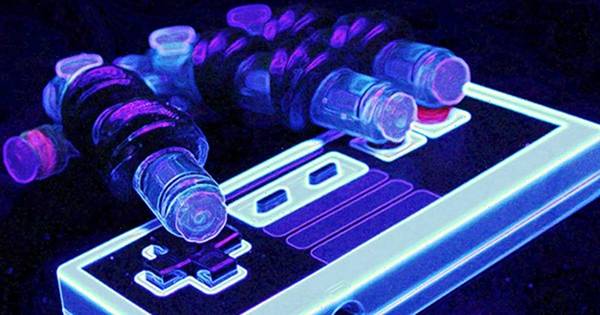The first level of the original Super Mario Bros. game is a piece of cake for most people but has always presented a big hurdle for the robot-type – until now. According to a new study in the journal Science Advances, researchers have created a 3D-printed robotic hand that is smart and subtle enough to operate a video game controller and can complete the first level of the classic Nintendo Entertainment System (NES) in 90 seconds. The new system represents a major step forward in the field of “soft robotics”, involving the use of highly flexible components powered by flowing water or air instead of electrical signals.
This concept holds great promise for the development of next-generation prosthetics, but the technology needed to control the flow of these fluids has created a major hurdle. Study author Joshua Hubbard said in a statement, “Previously, each finger of a soft robotic hand usually required its own control line, which could limit portability and usability.”
“But with the 3D printing of the soft robotic arm with our integrated ‘fluidic transistor’, it can only play Nintendo based on a single pressure input.” In other words, the movement of all the fingers and joints of the hand can be controlled by flowing fluid. Moreover, the whole device can be built on a single print run. “With one day’s interval and a little effort, researchers can now be able to keep a complete soft robot from pressing ‘Start’ on a 3D printer – with soft actuators, fluidic circuit components, and body features – ready to use,” said Kristen Edwards, co-author of the study.
In their research paper, the researchers explained how fluids mimic the nature of electrical signals by controlling the device and were first tested in a 3D-printed robotic turtle. For example, a constant flow of fluid, equivalent to direct current (DC) electrical signals was used to control the continuous oscillation of the tortoise’s limbs.
Meanwhile fluctuating current mirrors the nature of the alternating current (AC) signal and periodically removes the turtle from its reversal. The robotic hand was designed to detect feedback on varied amounts of flow, which can toggle between low, medium, and high pressures, thus mirroring a variable current.















